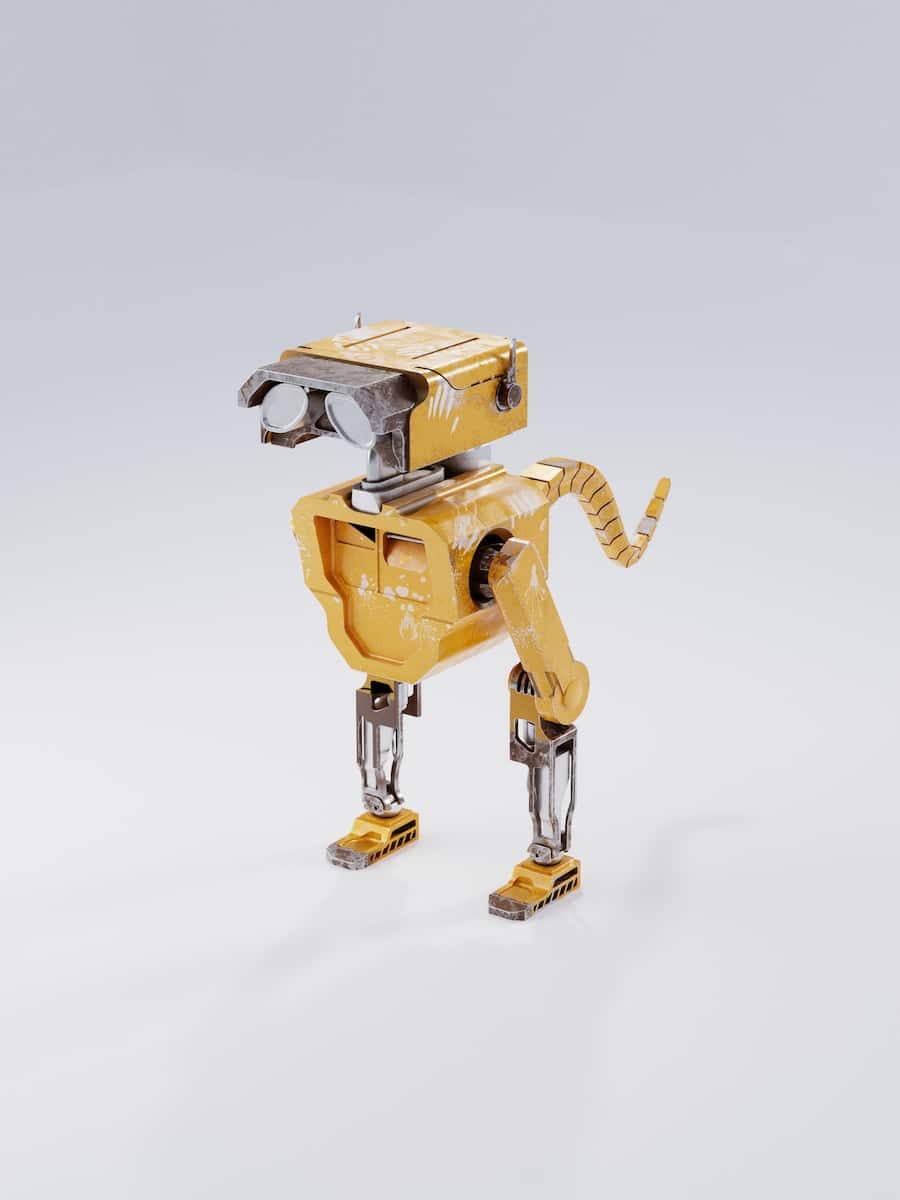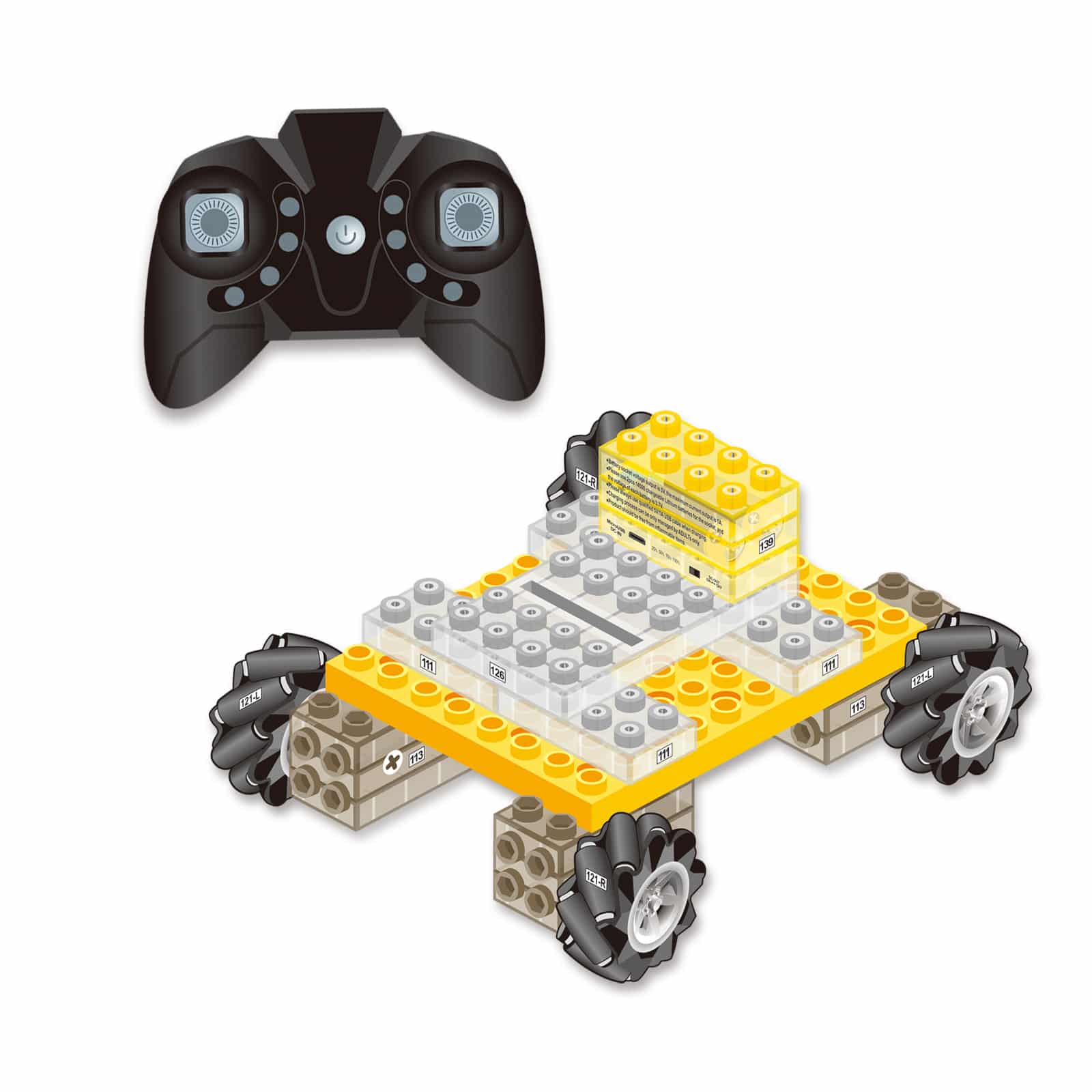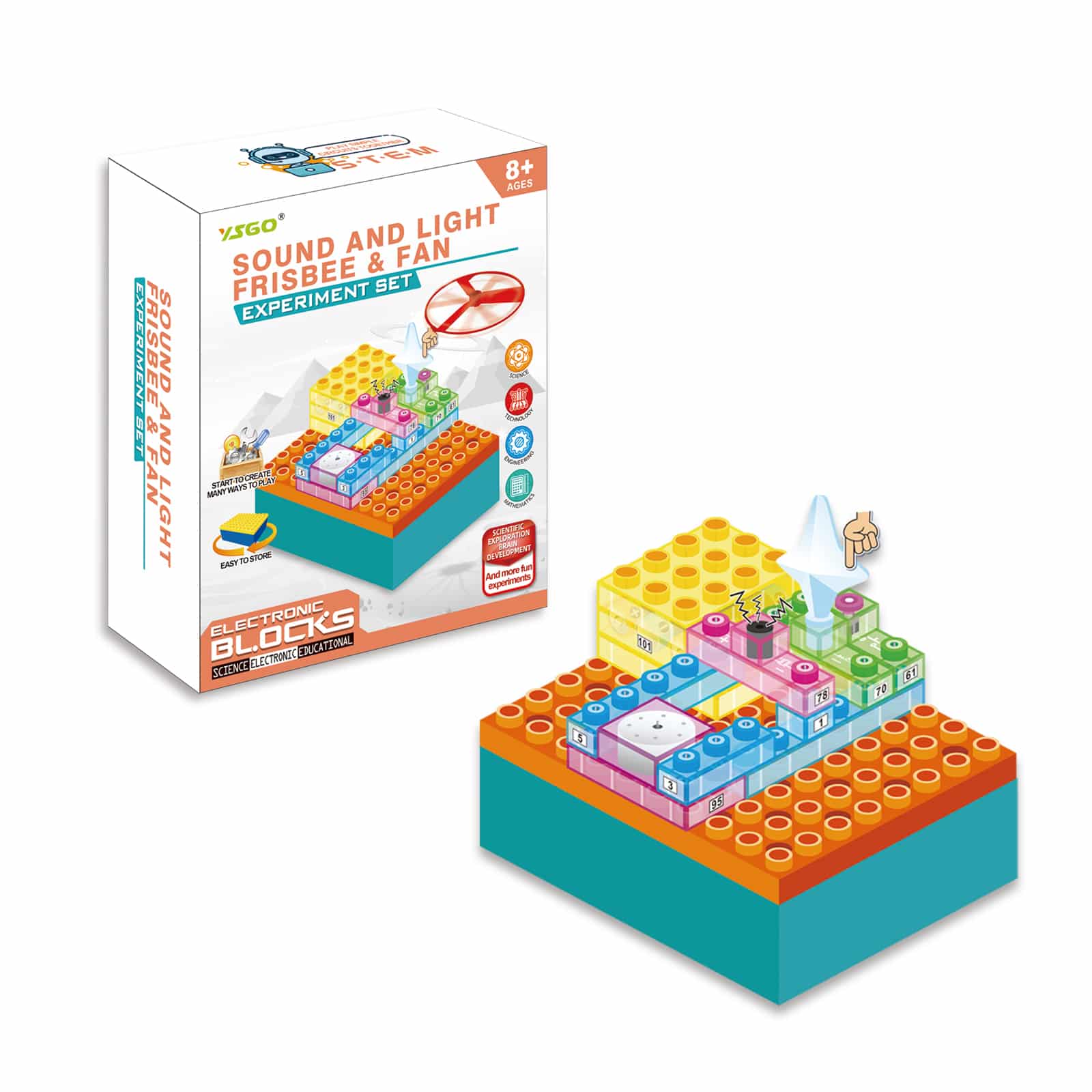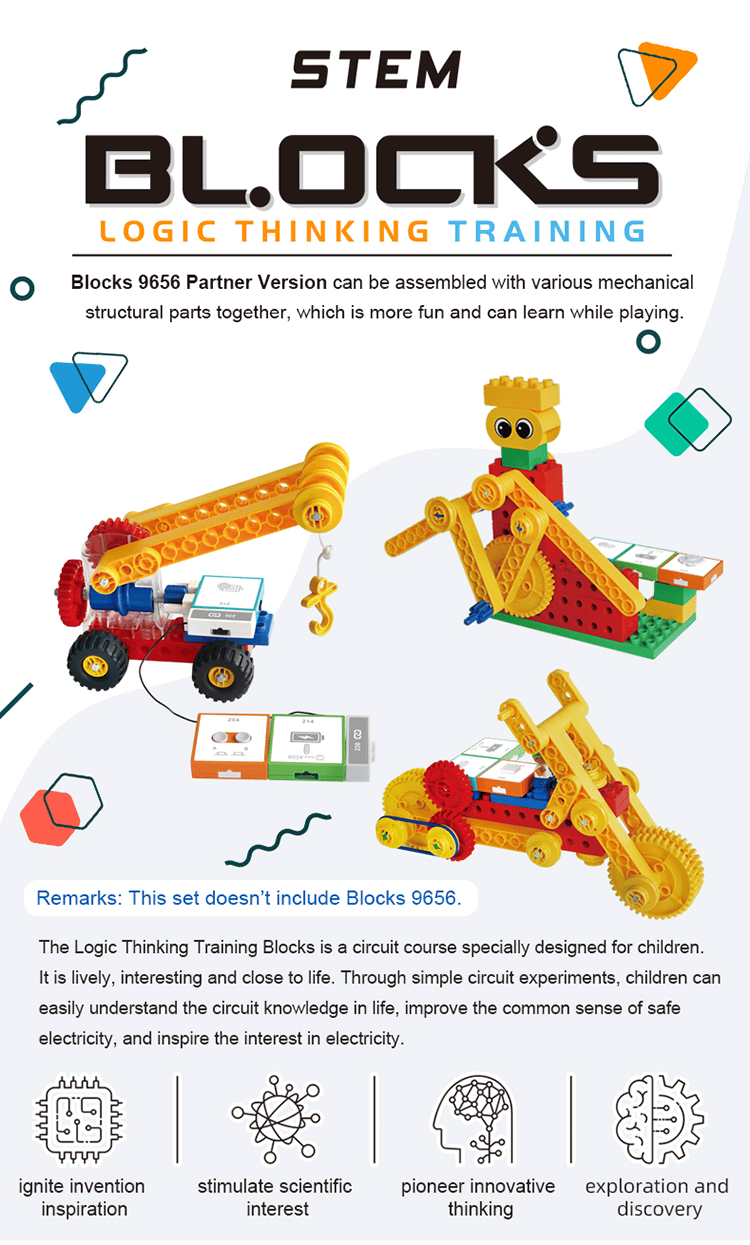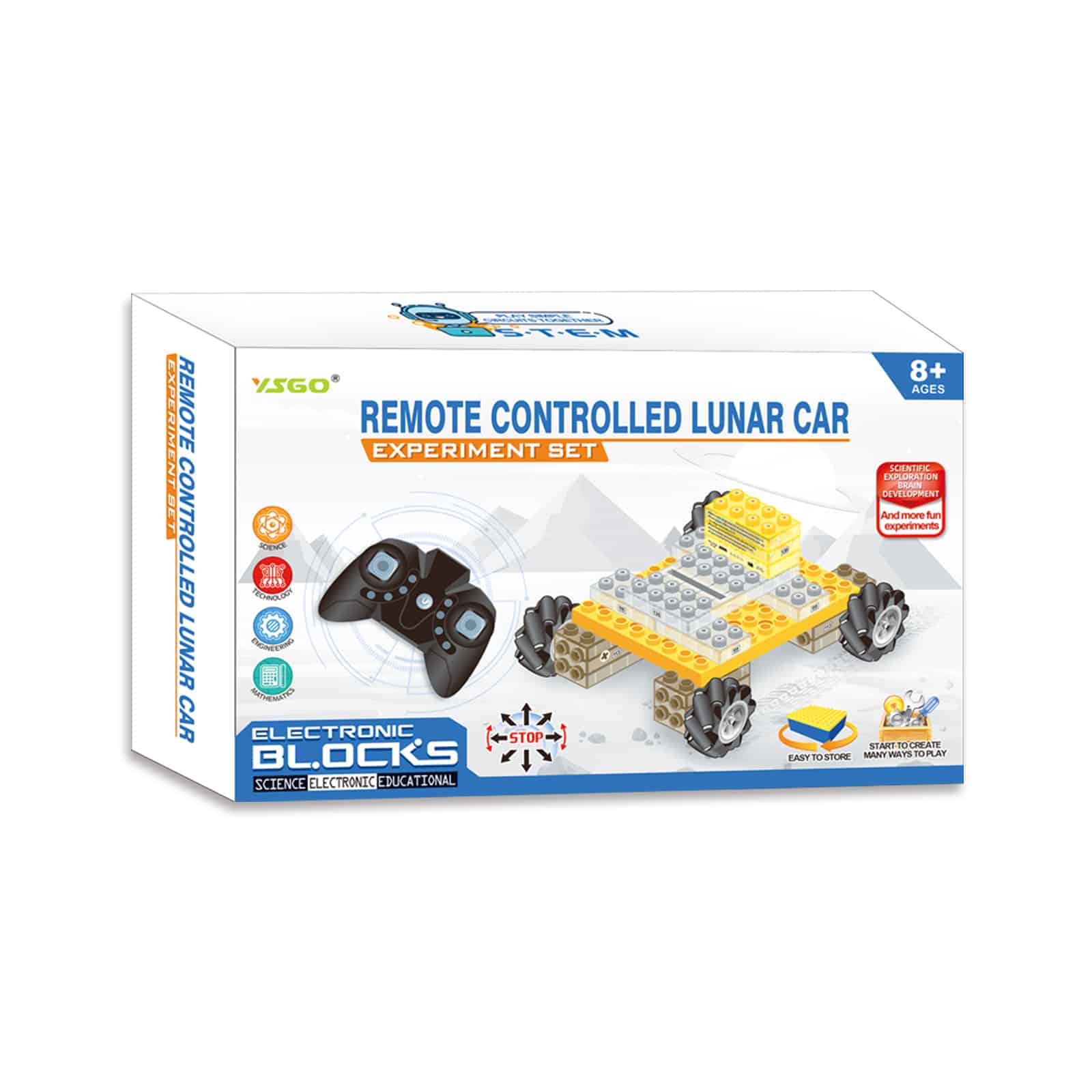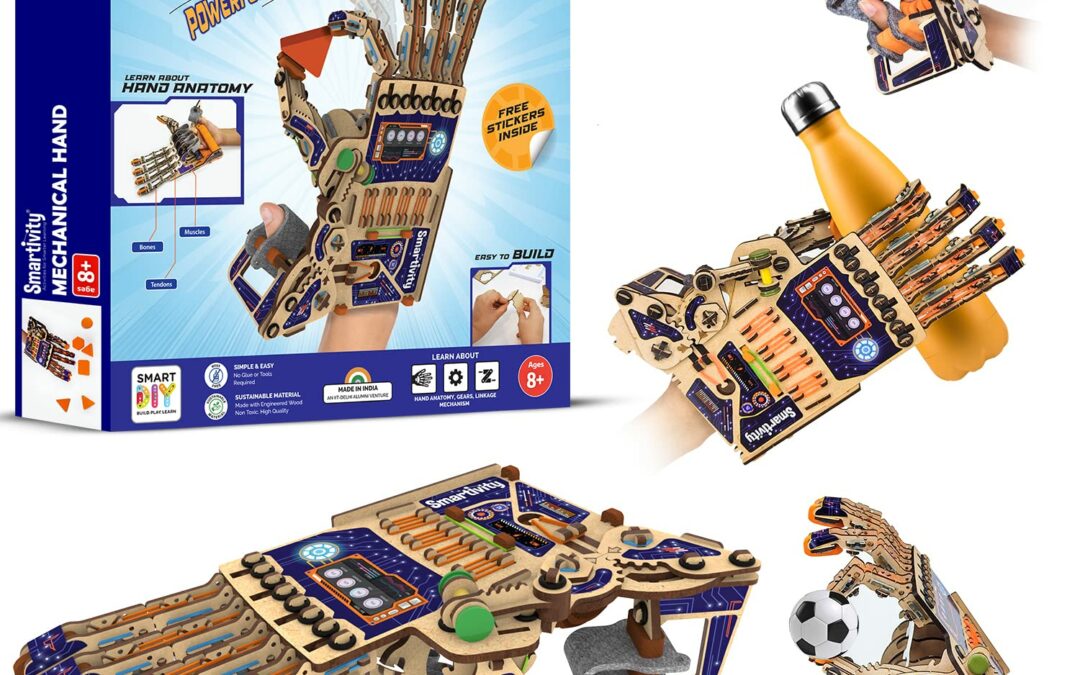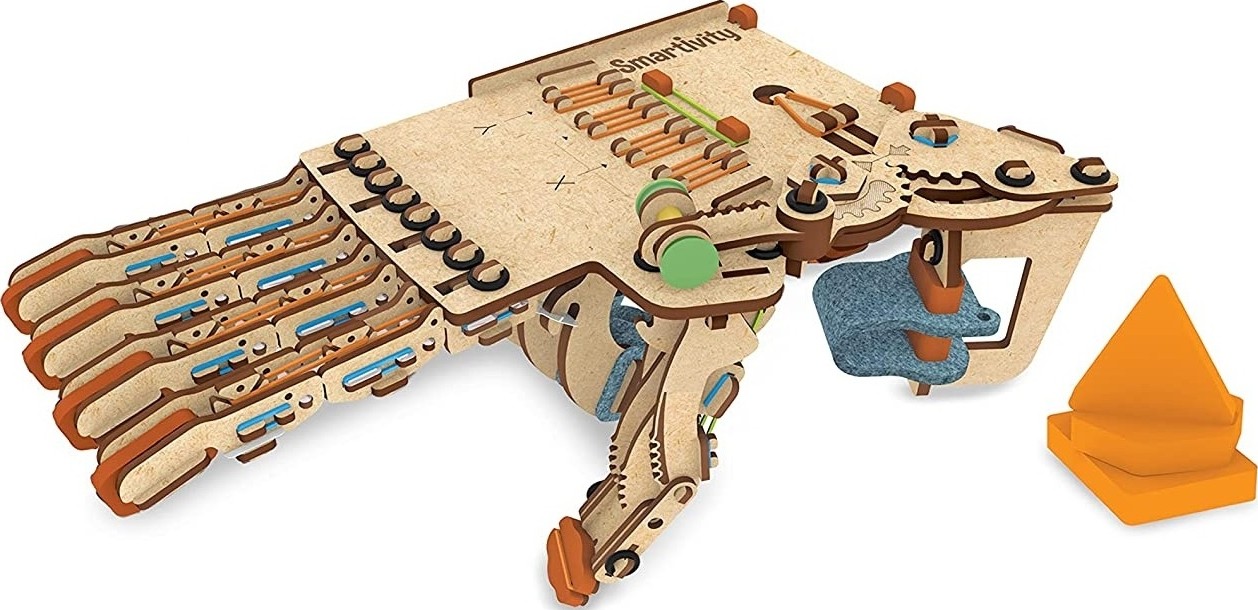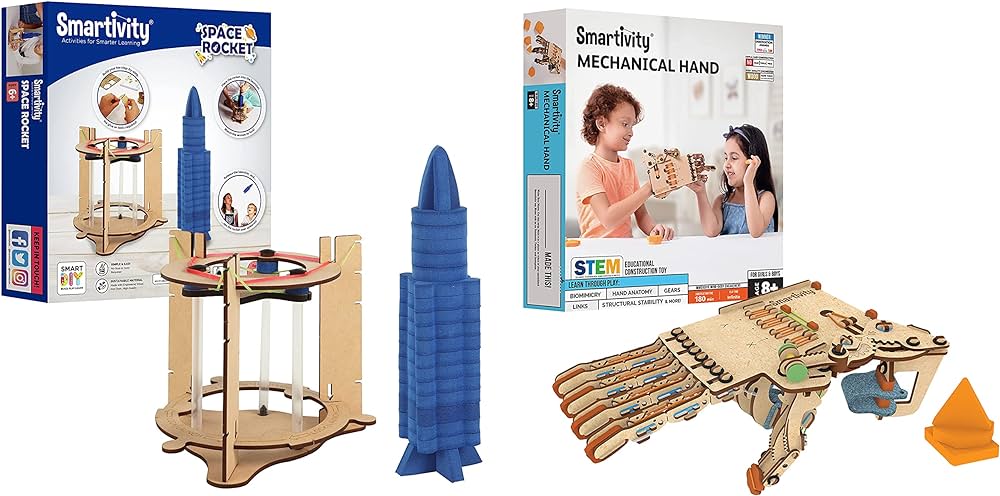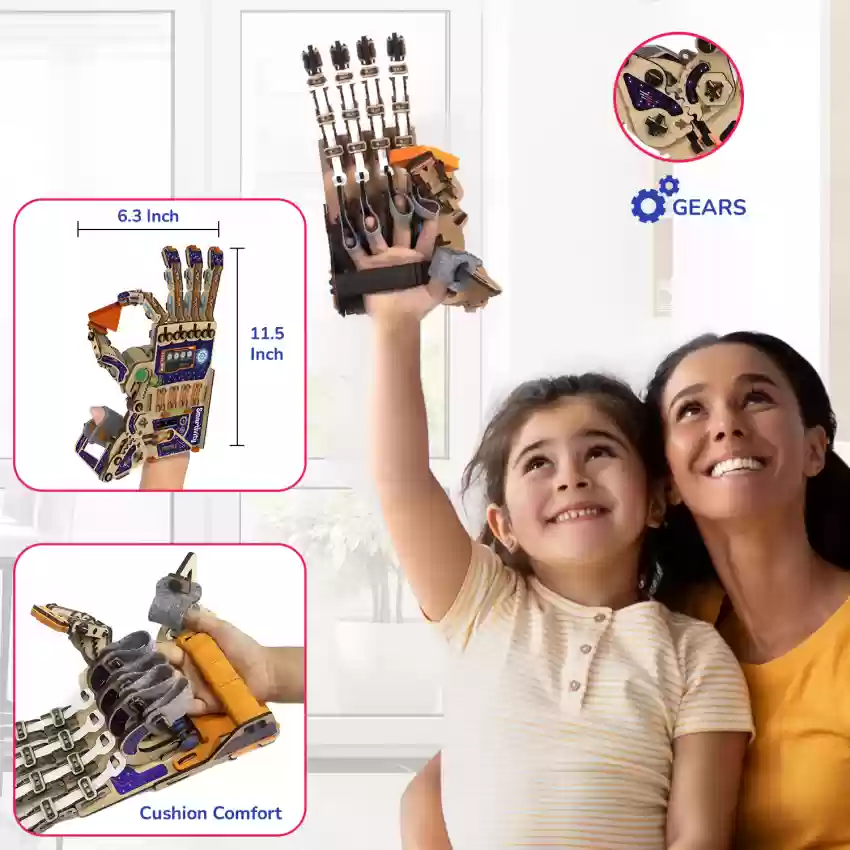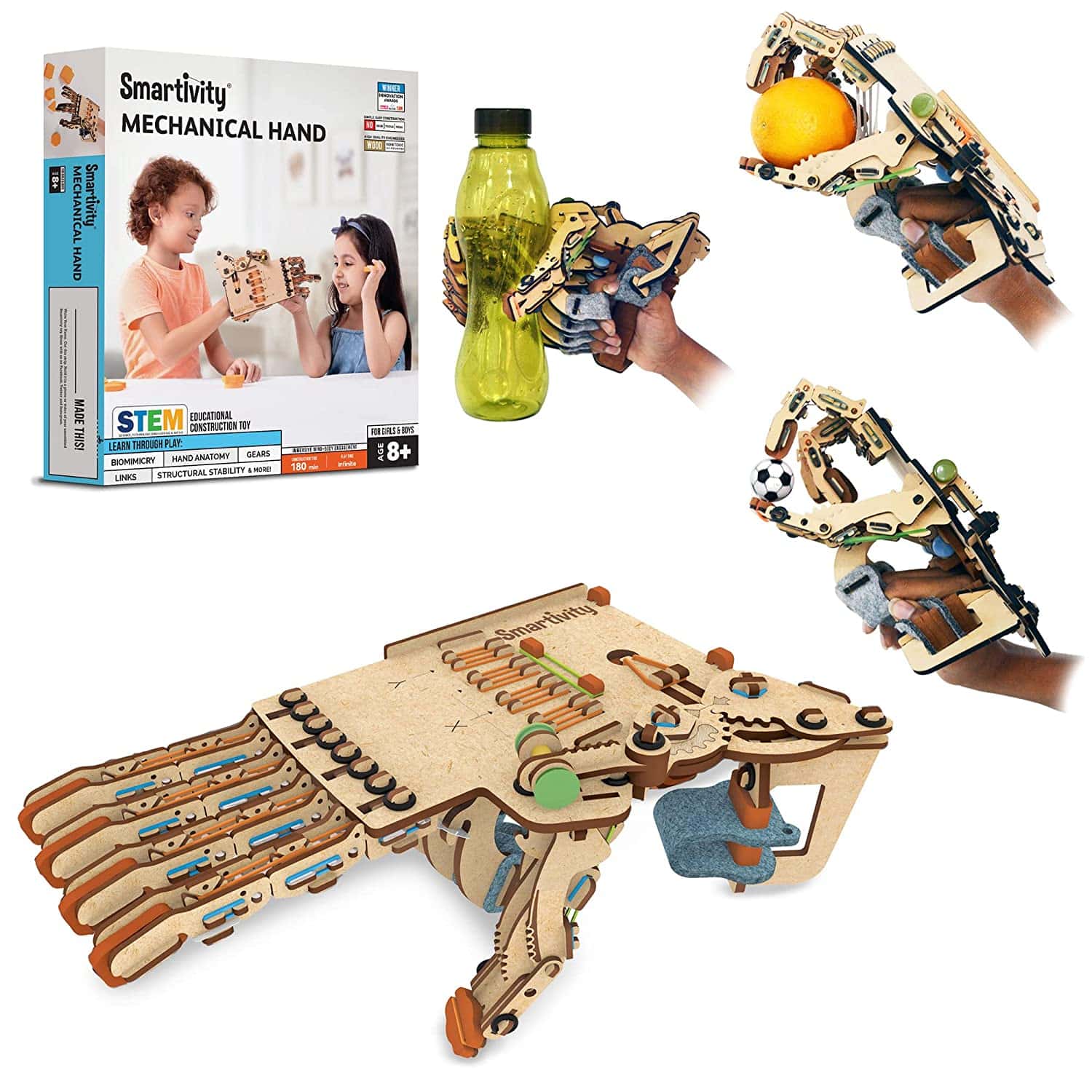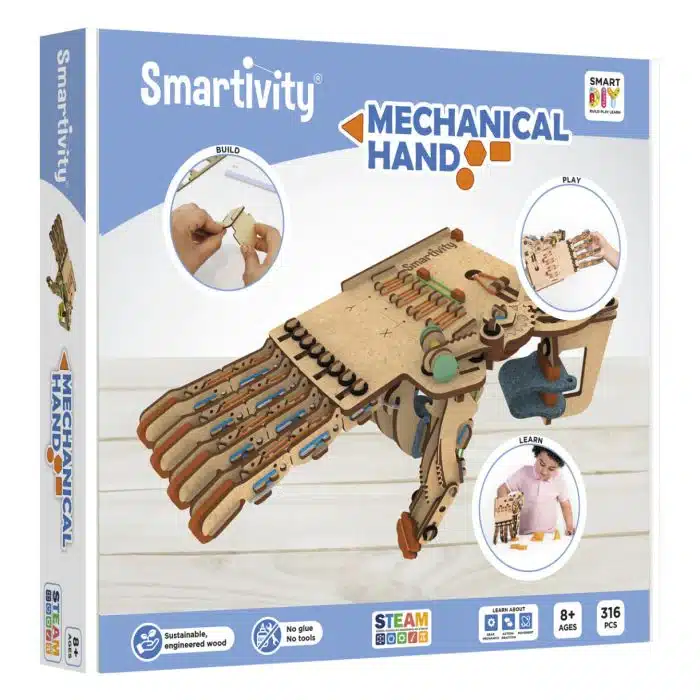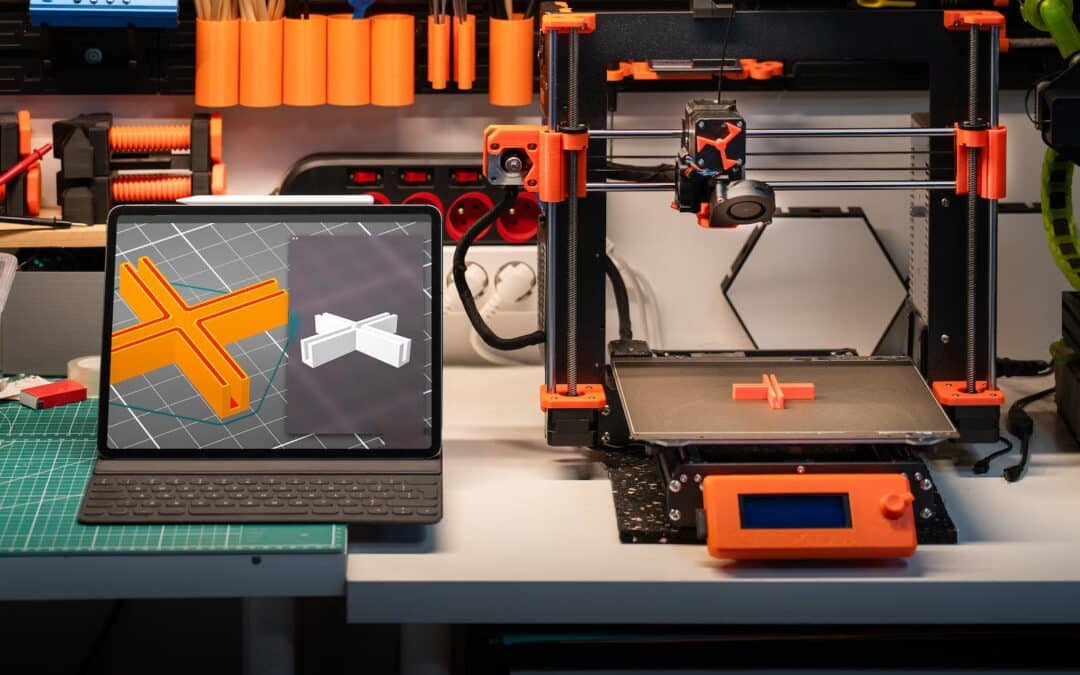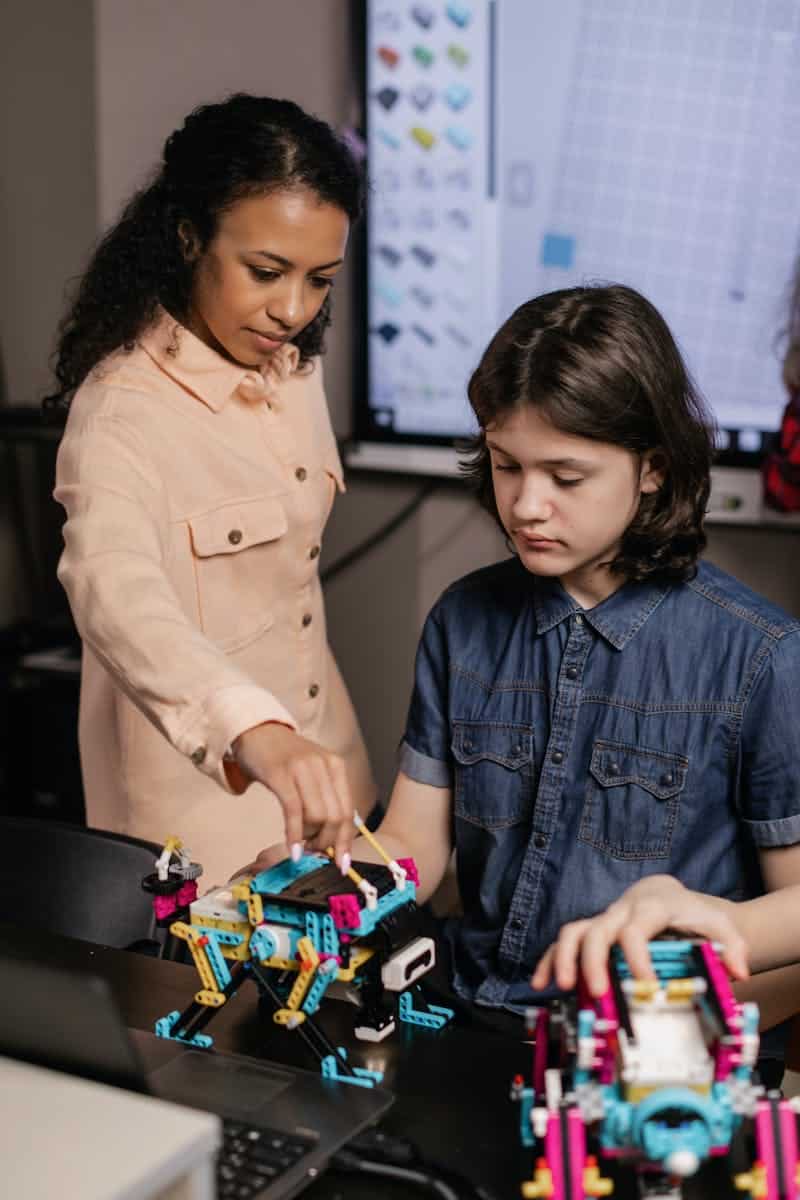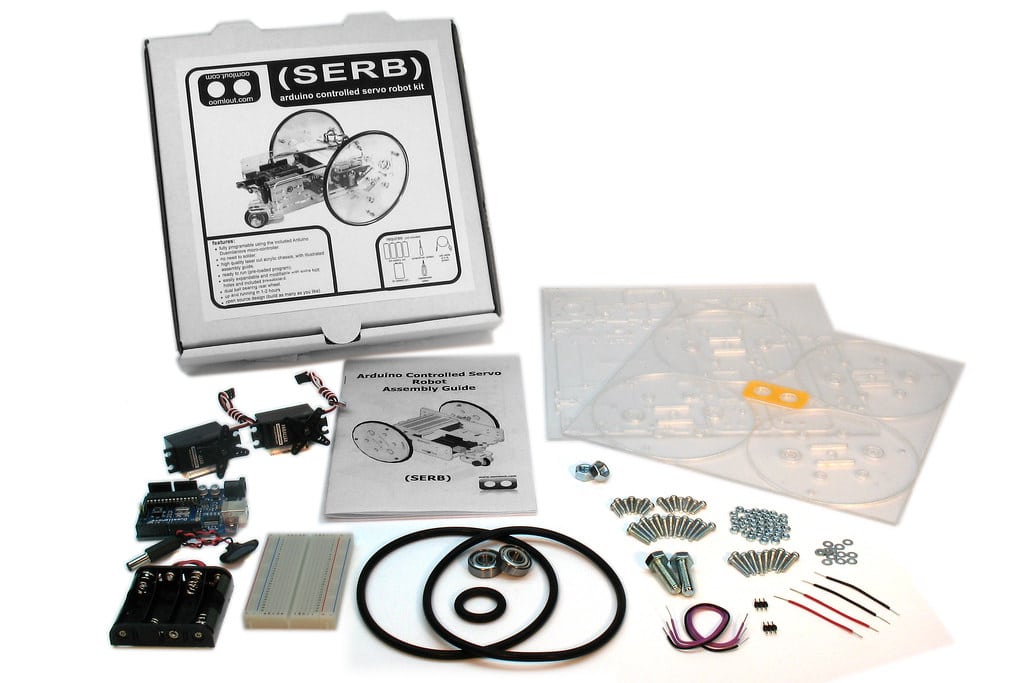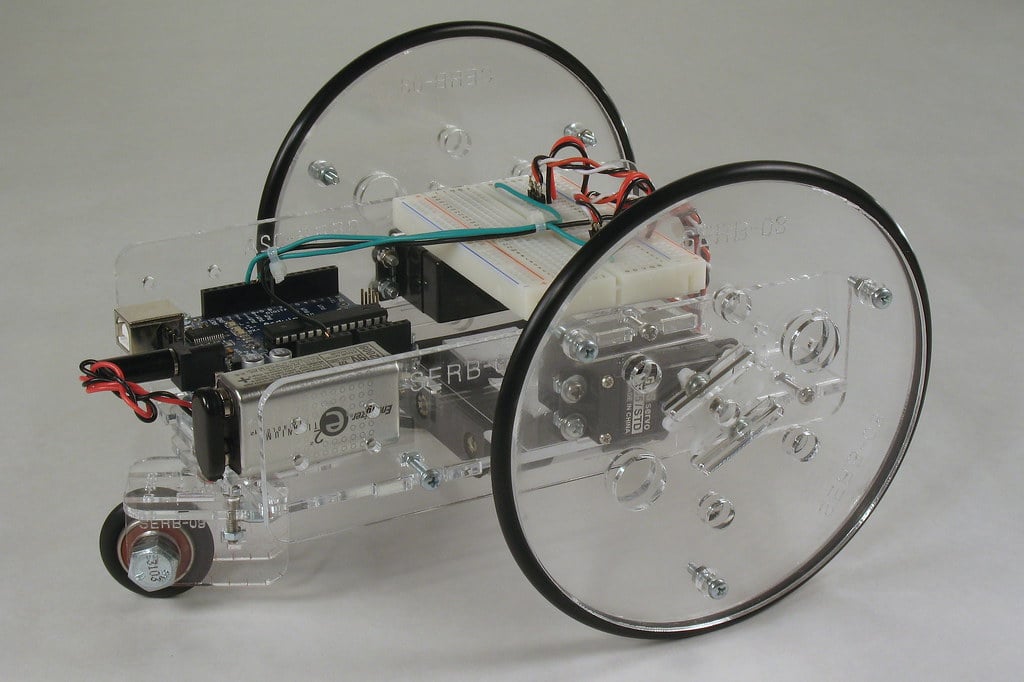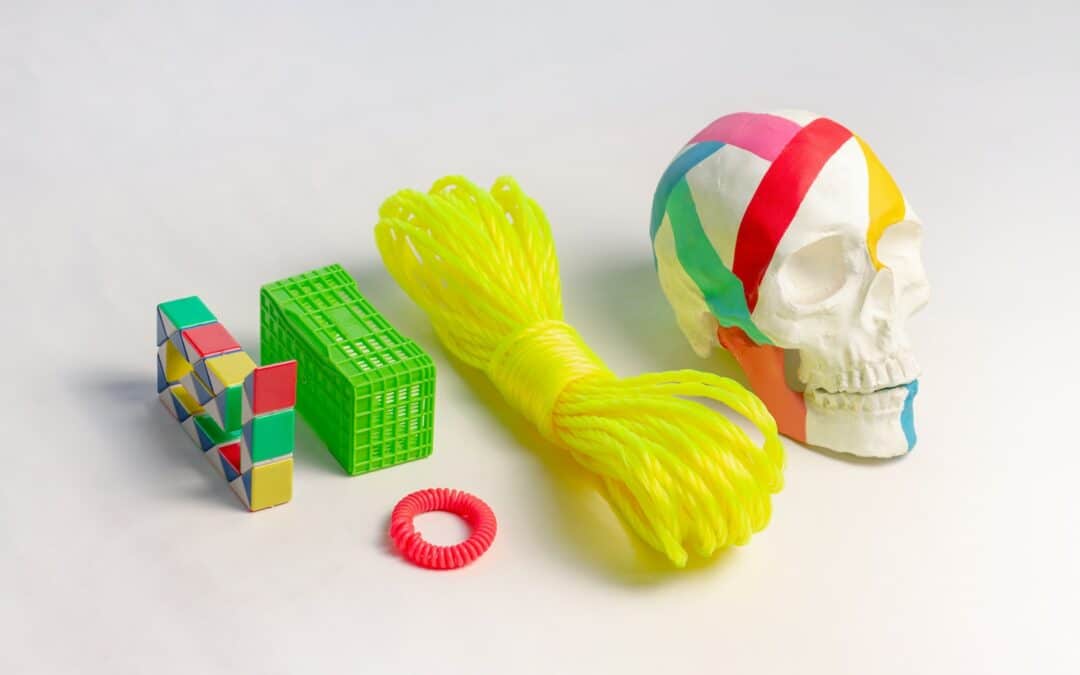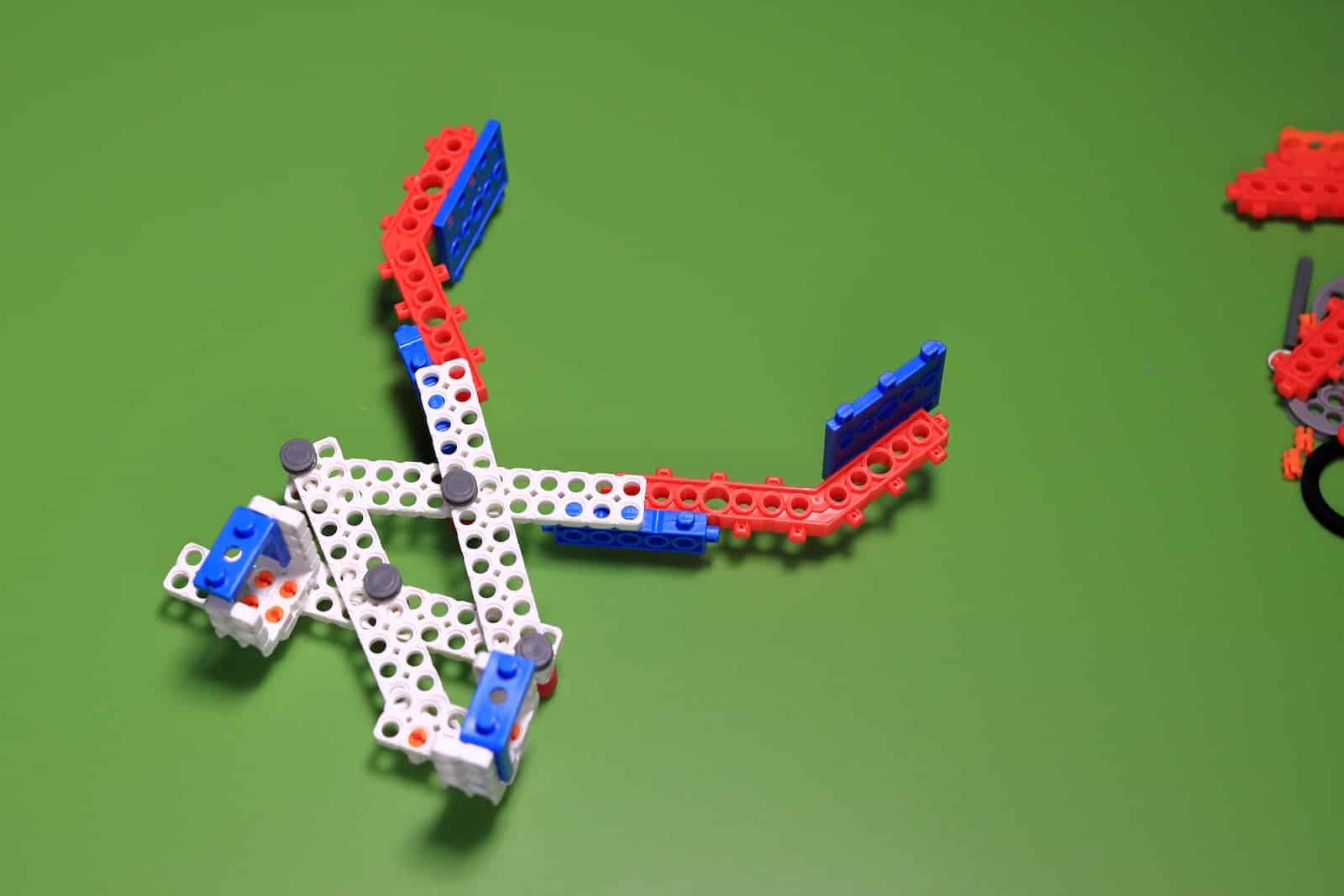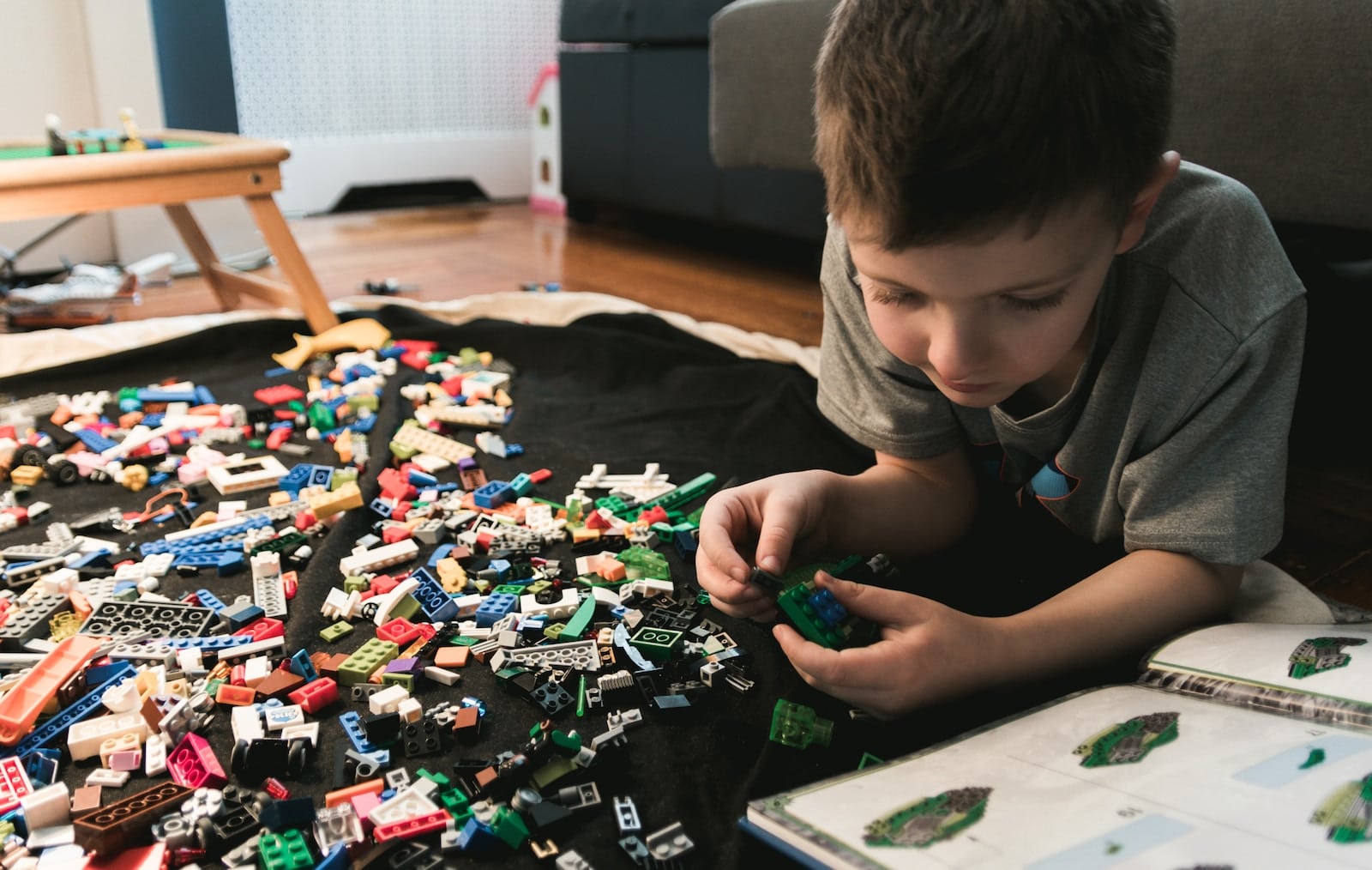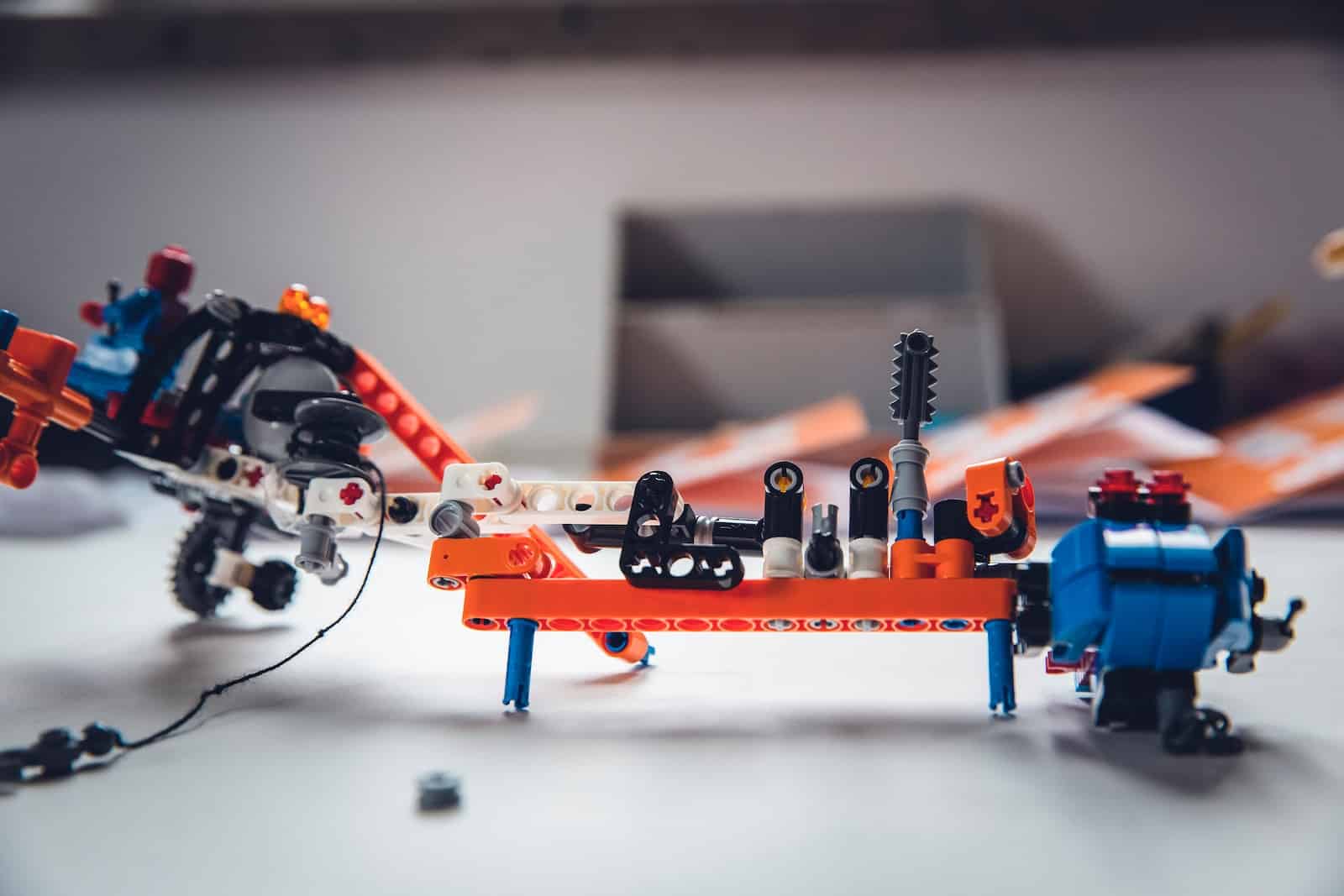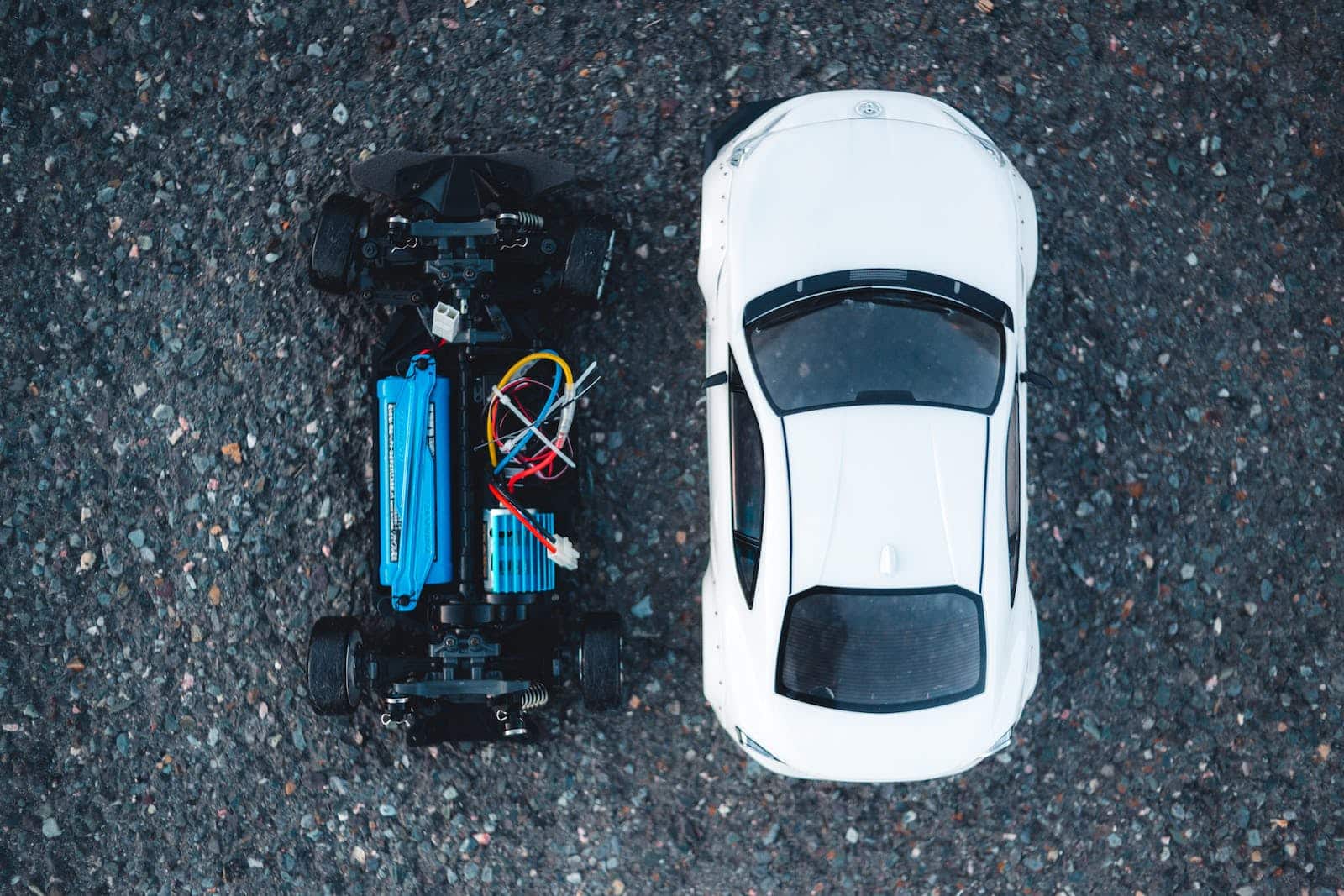
Educación STEM para niños: Guía para padres
Introducción:
En el panorama en rápida evolución de la educación y la tecnología, la integración de los conceptos STEM (Ciencia, Tecnología, Ingeniería y Matemáticas) en la primera infancia es más crucial que nunca.
Este enfoque fundacional se ajusta a la curiosidad natural de los jóvenes estudiantes y prepara el terreno para toda una vida de exploración e innovación. La educación temprana en STEM es fundamental para desarrollar el pensamiento crítico, la capacidad de resolver problemas y una comprensión profunda del funcionamiento del mundo.
Exponer a los niños a los conceptos STEM a una edad temprana les prepara para el éxito académico y para un futuro en el que estas disciplinas serán cada vez más relevantes. Esta introducción explorará por qué la educación temprana en STEM es esencial y cómo puede incorporarse eficazmente a la vida cotidiana de los jóvenes estudiantes, fomentando el sentido de la maravilla y la pasión por el descubrimiento.
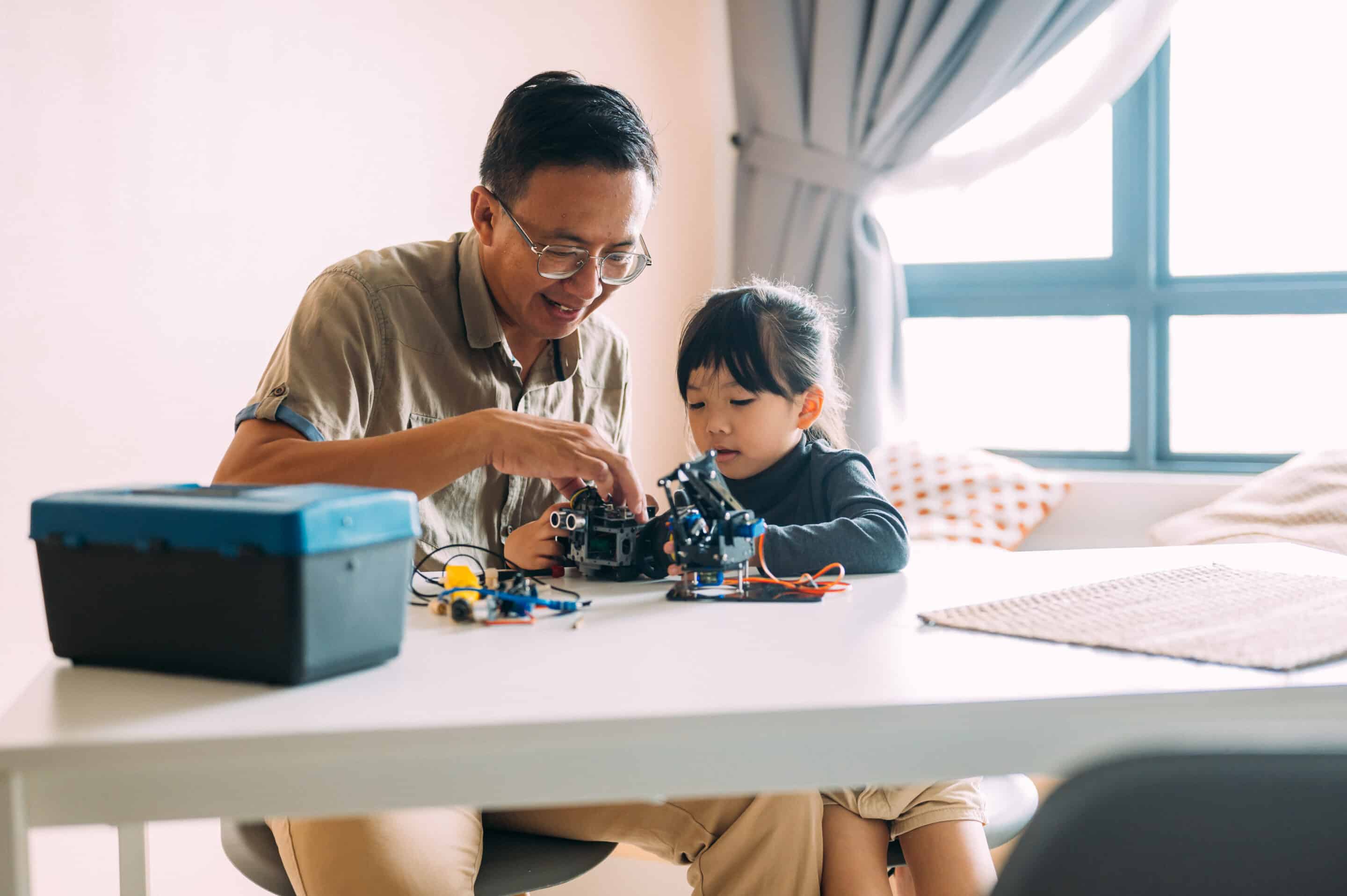
Explorar el mundo natural: STEM y la naturaleza
La naturaleza al servicio del aprendizaje STEM
Los niños pueden explorar conceptos fundamentales de STEM a través del contacto directo con la naturaleza. Observar los patrones meteorológicos, examinar la vida animal y vegetal y explorar los ecosistemas locales son experiencias reales que despiertan la curiosidad y la investigación científica.
Actividades STEM prácticas en la naturaleza
Las experiencias prácticas, como la plantación de jardines o la construcción con materiales naturales, ofrecen una visión de la biología, la ecología y las ciencias medioambientales. Estas actividades hacen tangibles los conceptos STEM y fomentan el pensamiento crítico y la capacidad de resolver problemas.

Hacer las preguntas adecuadas: Fomentar la curiosidad
Fomentar el pensamiento inquisitivo en STEM
Un elemento clave de la educación temprana en STEM es animar a los niños a hacer preguntas. Las preguntas abiertas, como "¿Qué pasaría si...?" o "¿Qué crees que causa...?", estimulan la curiosidad y fomentan una mentalidad de exploración y descubrimiento. Estas preguntas desafían mentes jóvenes pensar de forma creativa y explorar las posibilidades más allá de lo obvio.
El poder del "qué pasaría si" en el aprendizaje
Animar a los niños a plantearse preguntas del tipo "qué pasaría si..." les permite imaginar diferentes escenarios y resultados. Este enfoque potencia su pensamiento creativo y aumenta la confianza en su capacidad para comprender y analizar el mundo a su alrededor. A diferencia de las preguntas más directas, que pueden tener una única respuesta correcta, las preguntas del tipo "qué pasaría si..." abren un mundo de infinitas posibilidades, lo que convierte el aprendizaje en una experiencia más atractiva y dinámica.
STEM cotidiano: integrar el aprendizaje en la vida diaria
Relacionar STEM con actividades cotidianas
Incorporar STEM a la vida cotidiana hace que el aprendizaje sea relevante y accesible para los niños pequeños. Al conectar los conceptos STEM con experiencias cotidianas, los niños pueden ver la aplicación práctica de lo que aprenden, lo que aumenta su comprensión e interés.
Ejemplos prácticos de STEM en la vida cotidiana
Actividades sencillas como cocinar, que implica mediciones y reacciones químicas, o construir con bloquesque introduce los principios básicos de la ingeniería, son excelentes ejemplos de cómo STEM puede formar parte de la vida cotidiana. Hablar de cómo funcionan las cosas, como el la mecánica de una bicicleta o el proceso de crecimiento de las plantasconvierte las observaciones rutinarias en momentos educativos.
Al integrar STEM en la rutina, los niños desarrollan una afinidad natural por estas materias, viéndolas no como conceptos abstractos sino como partes integrantes de su mundo.
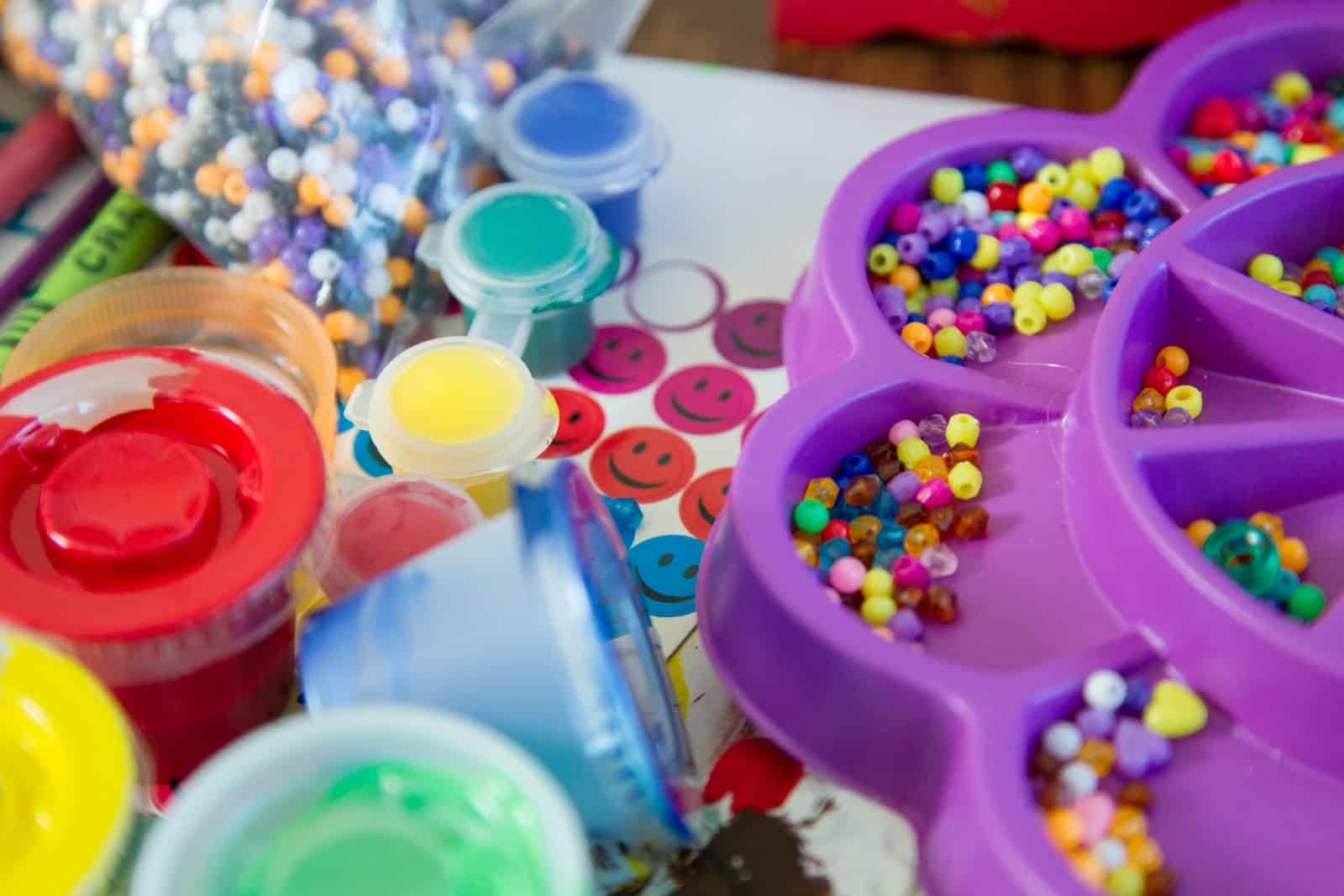
Aprendizaje práctico: Actividades STEM interactivas
Atraer a los jóvenes mediante la participación activa
Las actividades interactivas de STEM proporcionan un enfoque práctico del aprendizaje, que es crucial para los niños pequeños. Participar en actividades que requieren implicación física, como construir, experimentar o explorar, ayuda a solidificar conceptos complejos de forma tangible y memorable.
Ejemplos de actividades STEM interactivas
Actividades como la construcción de máquinas sencillas, la realización de Inicio experimentos o el uso de la tecnología en proyectos creativos son formas estupendas de implicar a los niños activamente en el aprendizaje STEM. Estas experiencias son educativas e inmensamente divertidas, y fomentan el amor por el aprendizaje y el descubrimiento.
Las actividades prácticas de STEM son vitales para consolidar los conocimientos y habilidades que los niños adquieren a través de métodos de aprendizaje más tradicionales. Ofrecen un componente de aprendizaje experimental esencial para una comprensión completa de las disciplinas STEM.

Tecnología y jóvenes estudiantes: Navegando por el mundo digital
Equilibrar la tecnología en la enseñanza temprana de STEM
En la era digital, es crucial equilibrar el uso de la tecnología con los métodos tradicionales de aprendizaje en la educación temprana en STEM. Presentación de jóvenes estudiantes a la tecnología debe hacerse con cuidado, asegurándose de que complemente y no sustituya al aprendizaje práctico y experimental.
Herramientas y recursos digitales adecuados a la edad
Es fundamental seleccionar herramientas digitales adecuadas a la edad. Para los más pequeños, puede tratarse de sencillos juegos de programación o aplicaciones educativas interactivas que introduzcan conceptos básicos de STEM. Para los mayores, software más avanzado o programables. kits de robótica pueden aportar conocimientos más profundos sobre la tecnología y sus aplicaciones.
Navegar por el mundo digital de forma responsable es esencial en la educación temprana en STEM. Se trata de aprovechar la tecnología para mejorar el aprendizaje y garantizar que siga siendo una herramienta de desarrollo, no una distracción.
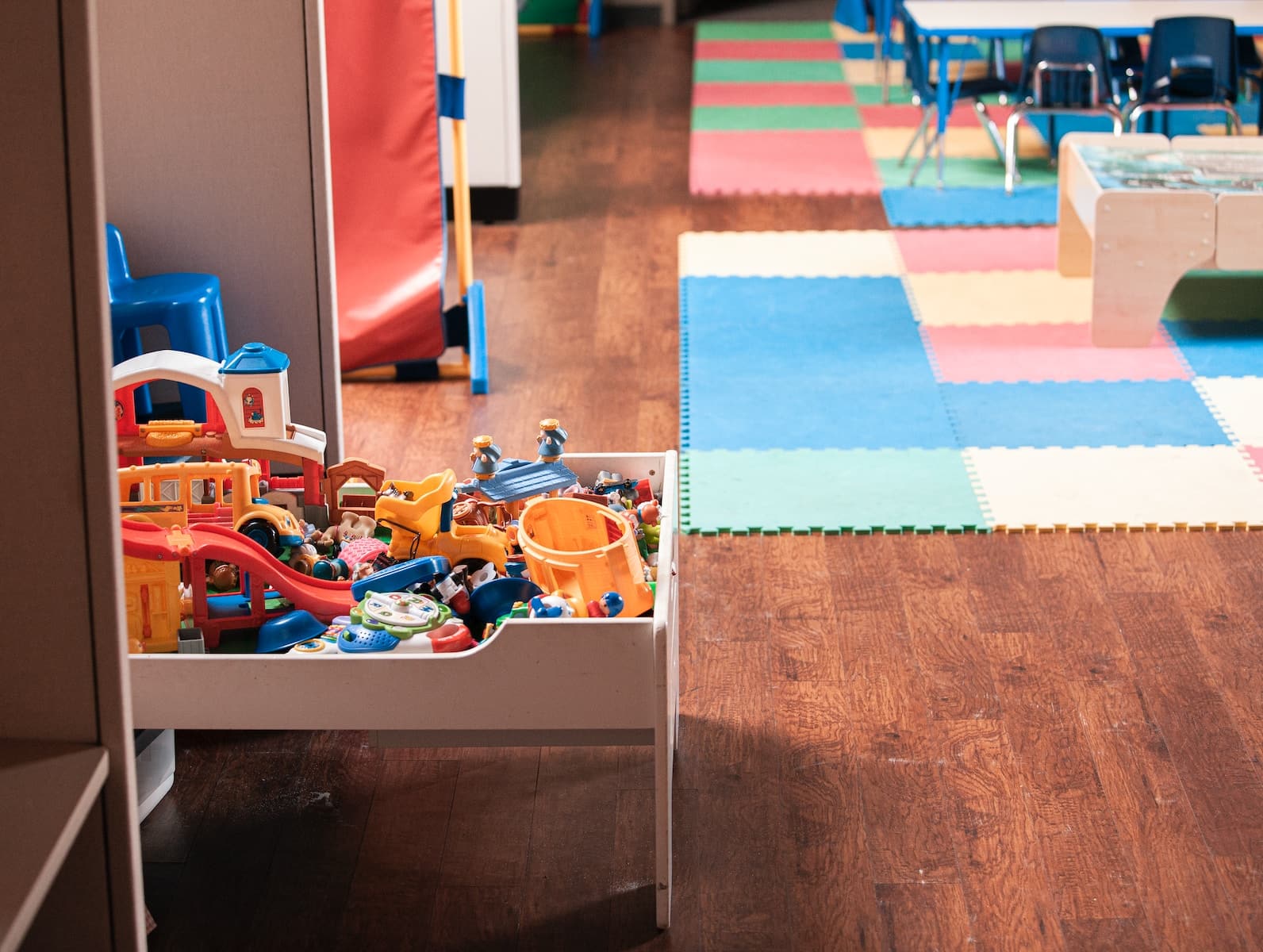
Conclusión:
El viaje a través de la educación temprana en STEM no consiste sólo en adquirir conocimientos; se trata de formar a los innovadores y solucionadores de problemas del mañana. Introducir conceptos STEM en los primeros años de un niño sienta las bases de una curiosidad continua, un pensamiento crítico y un profundo aprecio por el funcionamiento del mundo.
Summarizing the Lifelong Benefits of Early STEM Education
Engagement in STEM from a young age fosters a lifelong passion for learning and discovery. It equips children with the skills to navigate and succeed in an increasingly complex and technology-driven world.
Encouraging Continued Exploration and Learning
Our role as educators, parents, and guardians is to nurture this early interest and provide opportunities for children to explore, experiment, and question. The goal is to cultivate knowledge, a mindset of innovation, and a spirit of inquiry that lasts a lifetime.
PREGUNTAS FRECUENTES
How do I choose the right STEM toy for my child’s age?
Selecting the right STEM toy matches your child’s developmental needs and engages them. For toddlers, look for toys that build basic motor skills and playfully introduce simple STEM concepts.
As children grow older, around ages 4-7, focus on toys that challenge their growing cognitive abilities, like basic robotics kits or simple science experiments. For children over 8, consider advanced sets that require more complex problem-solving, like intricate building sets or coding toys. Choosing challenging but not frustrating toys is important to maintain a balance between learning and play.
What should I consider based on my child’s interests in STEM toys?
When selecting Juguetes STEM based on interests, observe what naturally draws your child’s attention. If they show curiosity about how things work, mechanical building sets or electronics kits could be engaging.
If they are fascinated by nature, consider environmental science kits or astronomy tools like telescopes. Coding toys or game-based learning platforms can be ideal for kids interested in computers or video games. The key is to choose toys that align with their current passions while gently introducing new concepts and challenges.
How can STEM toys aid in my child’s overall development?
Juguetes STEM play a multifaceted role in a child’s development. They enhance cognitive skills like logical reasoning, problem-solving, and analytical thinking, which are fundamental for academic success and everyday decision-making.
These toys also develop fine motor skills through hands-on activities that require precision and coordination. Moreover, STEM toys can boost social skills and teamwork, especially when children work together on projects or solve problems collectively. Emotional development is also fostered as children learn patience, perseverance, and resilience through trial and error in their STEM explorations.
Are there specific STEM toys recommended for different age groups?
Yes, there are Juguetes STEM specifically designed for different developmental stages. For ages 3-5, toys that focus on simple construction, basic puzzles, and introductory science experiments are suitable.
Ages 6-8 can handle complex building sets, basic robotics, and introductory coding toys. For ages 9 and above, advanced robotics, complex engineering projects, and detailed scientific experiments provide appropriate challenges. The key is to ensure that the toys match the child’s cognitive and motor skills while still pushing their boundaries for growth.
How do STEM toys integrate with traditional education?
STEM toys are a practical extension of traditional education, bridging the gap between textbook learning and real-world application. They provide hands-on experiences that make abstract concepts tangible, thus enhancing understanding and retention. In subjects like mathematics and science, these toys allow children to experiment with and observe the principles they learn about in class, reinforcing their learning.
Furthermore, they encourage independent inquiry and research skills, which are valuable in the classroom and beyond. Juguetes STEM also often include collaborative aspects, promoting skills like teamwork and communication, which are essential in modern educational settings.


